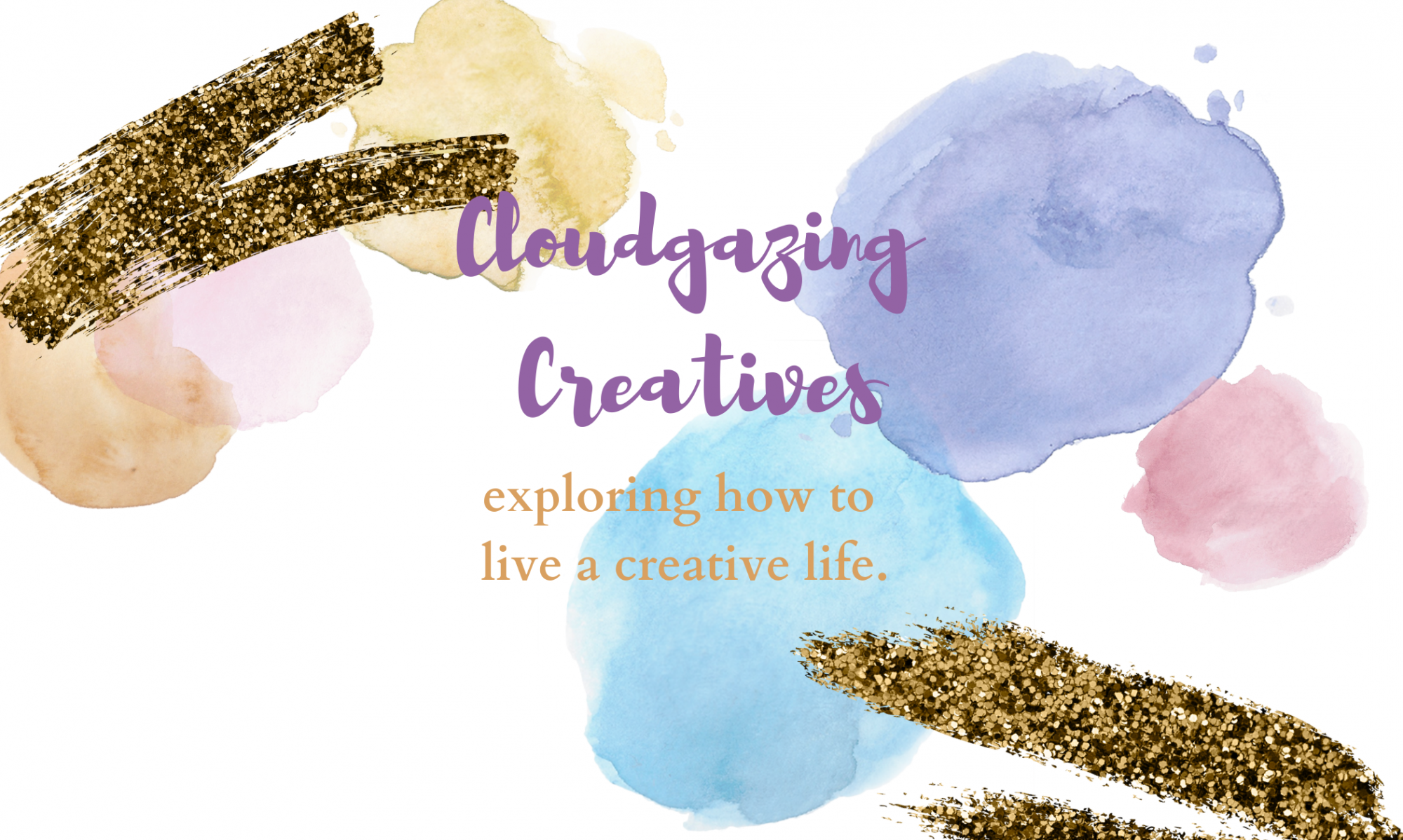As you know, we are challenging ourselves and you to make something creative inspired by BUGS this month.
For all of us, creative thinking can be fickle, so we’re also giving you two mini challenges this month. Sometimes having some limits and boundaries that you need to work within can actually help creativity by taking away some of the options (what to start with, where to begin etc). So if you are already inspired and working on something, that’s awesome! If you need a gentle guiding hand, try doing one of the mini challenges to get those creative thoughts flowing, and see where it leads you!
Bugs mini challenge #1
Write a shape poem
Also called concrete poetry, shape poetry has been created for centuries and is a great way to combine words and form. Basically, as it sounds, you use the words of the poem to create a shape associated with it. To get yourself started, try writing free form anything and everything that comes to mind when you think about a particular bug or bugs. Then start pulling out parts that grab you and form them into lines of your poem. This doesn’t need to be long or too intricate, remember, we’re working on expanding our creative thinking, so don’t stress too much about wining a poetry prize, just write something that speaks to you, even if it’s just a long stream of descriptors and words about bugs, that works. Then, either draw or print out a simple bug shape related to your words and play around with fitting the words into the shape. You can read more about concrete poetry here. Take a photo and share with us on instagram (you can tag us @cloudgazingcreatives or DM) or shoot us an email if you prefer.

A sweet shape poem about a kite, found via pinterest

A great example of a simple but effective shape poem about books (proof that you don’t need to over think it!) found via pinterest.
Bugs mini challenge #2
Create a collage of a bug using found materials
Collect pieces from your home, the recycling bin, a nature walk etc and place them together to make a bug, whether true to life or completely imaginary is up to you. Take a photo and share with us on instagram (you can tag us @cloudgazingcreatives or DM) or shoot us an email if you prefer.
Some found materials collage inspiration:

Intricate collages made by artist Raku Inoue, using tiny pieces of natural found materials found via guardian.com

Bugs made from various pieces of hardware, nuts and bolts
found via pinterest

A more relaxed fun collage using different materials
found via pinterest

Leaf and petal collages
found via pinterest.
Remember, try things, play, enjoy the process, let go of the need for perfection. The more you use your creative thinking the easier it is to access next time, and don’t forget to share with us so we can cheer you on!





